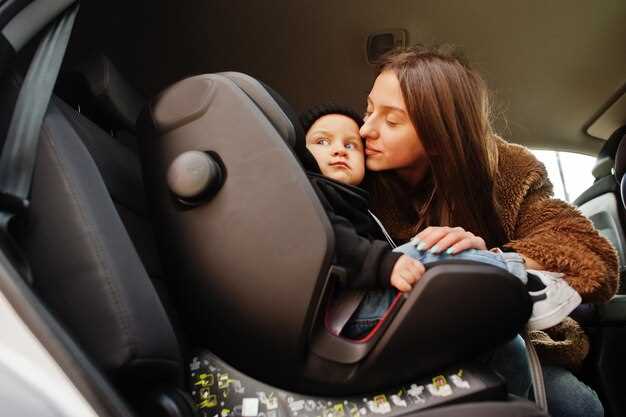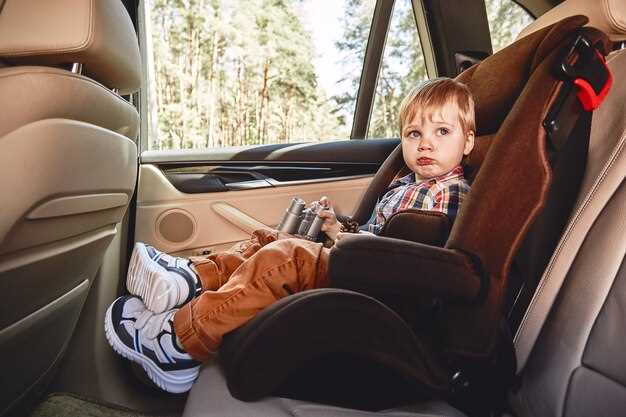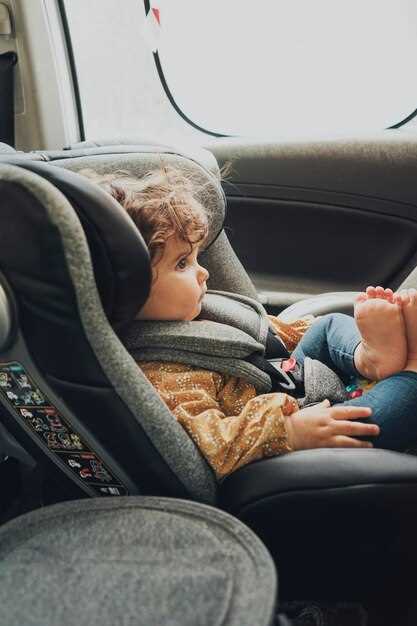
The safety of our children on the road is a paramount concern for every parent. One of the most effective ways to ensure their protection is through the proper installation of child seats. In the unfortunate event of a crash, a correctly secured child seat can make a significant difference in minimizing injury and ensuring the well-being of young passengers.
Child seats are designed to provide optimal protection by absorbing impact forces and safeguarding a child’s fragile body during a collision. However, this protective function can only be realized if the seats are installed correctly. Misconfigured seats can lead to disastrous consequences, leaving children vulnerable at a time when they need safety the most.
Understanding the intricacies of proper installation is essential for every caregiver. From ensuring the right type of seat for a child’s age and size to verifying secure straps and anchors, each aspect plays a critical role in enhancing safety. Parents must recognize that these simple yet vital actions are instrumental in maximizing the protective qualities of child seats during a potential crash.
Understanding the Impact of Correct Child Seat Placement on Safety

Proper placement of child seats is essential for maximizing safety during vehicle travel. Incorrect installation can lead to severe consequences in the event of a crash. Here are key points to consider regarding child seat placement:
- Location in the Vehicle: The back seat is the safest place for children. It decreases the risk of injury from airbags and generally places them further from potential impact zones.
- Seat Orientation: Rear-facing seats provide superior protection for infants and toddlers. They cradle the child’s head, neck, and spine, absorbing crash forces more effectively.
- Seat Belts and Tethers: Ensure that the child seat is securely fastened with the vehicle’s seat belt or latch system. A loose seat can lead to increased movement during a crash, diminishing its protective capabilities.
- Age and Development: Follow guidelines for age and size when selecting a seat. Transitioning too early can leave children vulnerable in the event of a crash.
Each of these factors plays a crucial role in ensuring that child seats offer the highest level of protection. By understanding the significance of correct placement, parents can significantly reduce the risk of injury to their children during accidents.
Step-by-Step Guide to Installing Different Types of Child Seats

Proper installation of child seats is essential for ensuring maximum protection in the event of a crash. Different types of seats require specific installation methods to achieve optimal safety. Below is a comprehensive guide for installing various types of child seats.
1. Rear-Facing Infant Seat
Begin by placing the infant seat in the back seat of your vehicle, ensuring it is at a 45-degree angle to support the infant’s head. Use the vehicle’s seat belt or the LATCH (Lower Anchors and Tethers for Children) system to secure the seat. If using the seat belt, thread it through the designated path on the child seat, ensuring it is locked. Verify that the seat does not move more than an inch when tugged at the base.
2. Convertible Seat in Rear-Facing Mode
Similar to the infant seat, place the convertible seat in the back seat at the recommended angle. Attach the seat using the vehicle’s seat belt or the LATCH system. If using the seat belt, ensure it is locked and the belt is routed through the correct path on the seat. Test for stability by attempting to move it; minimal movement indicates a secure installation.
3. Convertible Seat in Forward-Facing Mode
Convert the seat to forward-facing according to the manufacturer’s instructions. Place it in the back seat and choose between the vehicle seat belt or LATCH for installation. Ensure that the top tether is secured to further enhance protection during a crash. Verify the installation by checking for excessive movement; the seat should be firmly in place.
4. Booster Seat
Position the booster seat on the vehicle seat, ensuring it is flat and stable. The vehicle’s seat belt should secure the child over the lap and shoulder. Make sure the lap belt lies low across the child’s hips and the shoulder belt crosses the center of the chest. Check that the seat is not sliding around, and adjust if necessary for a snug fit.
Following these steps with precision ensures that each type of child seat provides the necessary protection. Regularly checking the installation and making adjustments as your child grows helps maintain optimal safety during every journey.
Common Mistakes Parents Make When Installing Child Seats
Ensuring the safety of a child during travel is a top priority for parents, yet many make critical mistakes when installing child seats that can compromise their protection in the event of a crash. Understanding these common errors can significantly enhance a child’s safety.
Incorrect Harness Use: One of the most frequent mistakes is not using the harness correctly. Parents often fail to adjust the straps to fit snugly against the child’s body. The harness should lie flat and not twist, with a snug fit that can only allow one finger to slide between the strap and the child’s collarbone.
Improper Seat Angle: Many parents overlook the correct recline angle of the child seat. For infants, a too upright position may lead to airway obstruction, while seats that are too reclined may not provide optimal protection during a crash. Always check the manufacturer’s guidelines for proper installation angle.
Failure to Secure the Base: Another common error involves improperly securing the base of the child seat. Parents often underestimate the importance of a securely attached base, which should not move more than one inch side to side or front to back. Using the seatbelt or LATCH system correctly is essential for minimizing movement during a crash.
Using an Outdated or Recalled Seat: Many parents do not realize that child seats have expiration dates and may become unsafe over time. It is crucial to check for recalls and ensure that the seat is within its usable life to guarantee the highest level of protection for a child.
Placement in the Vehicle: The back seat is generally the safest spot for a child seat; however, parents sometimes install the seat in a position that may reduce its effectiveness. The middle seat is often ideal, but it must have an appropriate attachment point. Research indicates that choosing the right spot can significantly affect the child’s safety in a crash.
By being aware of these common mistakes, parents can take the necessary steps to ensure their child seats are installed correctly, thereby enhancing their child’s protection on the road.



